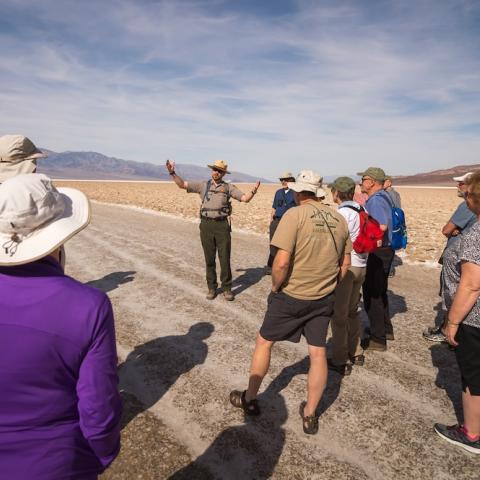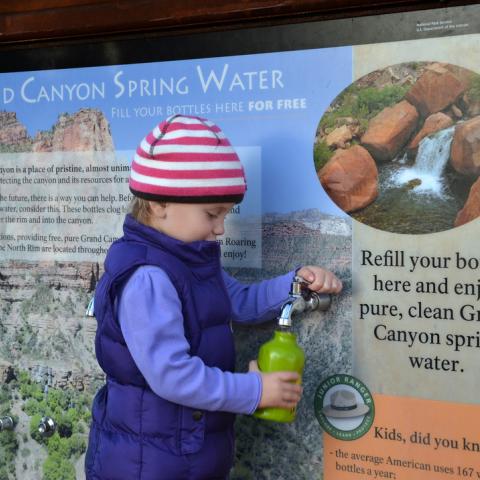
A heat wave embracing the West was creating dangerous conditions in national parks/NWS map
Editor's note: This updates with the high temperature at Death Valley reaching 130 degrees Fahrenheit on Sunday.
From searing temperatures at Death Valley National Park to surging Colorado River waters through Grand Canyon National Park, this week is one that beckons national park visitors to be particularly careful on their Western vacations.
"Blistering, widespread excessive heat continues across the West," the National Weather Service warned Sunday.
At Death Valley, the temperature at Furnace Creek reached a record high of 126 degrees Fahrenheit on Saturday, two degrees higher than the previous high for the date set back in 2002. On Sunday, while the forecast predicted the heat could reach 127 degrees there, the high was said to reach 130 degrees a 3:41 p.m. local time, according to the National Weather Service.
"This breaks the previous high temperature record (for the date) of 125 set on 8/16/1994," the agency said in a release. "If 130 degree verifies (officially), this would also break the monthly record for August of 127 degrees which was set on 8/12/1933, 8/2/1993, and 8/1/2017."

Death Valley recorded an unofficial high of 130 degrees on Sunday. If verified, it is believed to represent the highest temperature recorded on Earth/NPS
There has been debate recently as to whether the 134-degree reading recorded at Death Valley on July 10, 1934, officially was the hottest day on Earth. Questions about that reading stem from lower readings in surrounding areas and the lack of a heat wave in the region.
If that date is thrown out, Sunday's high, if officially recognized, just might represent the highest recorded temperature on Earth. Monday's high temperature at Furnace Creek in Death Valley was predicted to be "around 130," the park said. Overnight lows there were to be around 100 degrees, it added.
Death Valley officials were warning visitors to avoid the heat of the day.
"Drink plenty of water and carry extra. Avoid hiking (after 10 a.m.)," they warned visitors. "Travel prepared to survive."
The dangerous heat wave enveloping the West from the U.S.-Canadian border down to the U.S.-Mexican border and east into Idaho and parts of Utah and Arizona was blamed for energy shortages in California as air-conditioners tried to transform watts into cooling blasts of air. Those shortages could be felt in Grand Canyon National Park in the form of Colorado River surges through the park's basement, where daily high temperatures were expected to reach 115 degrees.
"Grand Canyon National Park advises those recreating along the Colorado River—including river runners, anglers, campers and hikers—to be vigilant and exercise increased caution as water levels will rise in the next several days. This rise is due to increased hydropower electrical demands," park staff tweeted out Saturday evening.
"Releases from Glen Canyon Dam are increasing as Reclamation generates more #hydropower to meet emergency electrical needs in California," added the U.S. Bureau of Reclamation. "Be careful along the downstream river—flows will change rapidly and without warning."
Some other parks in the West were urging visitors to be cautious:
- "An excessive heat warning is in effect until August 20 at 12 a.m.," tweeted the folks at Capitol Reef National Park in Utah. "Daily highs in Capitol Reef are expected to approach 100 degrees Fahrenheit. Avoid hiking in the middle of the day and stay hydrated!"
- "People have died in this park from heat during similar events in the past," warned the staff at Joshua Tree National Park in California.
Though there were no warnings from Yosemite, Sequoia, or Kings Canyon national parks in California, during past heat waves visitors have gotten themselves into trouble, and worse, by heading into streams to cool off.




 Support Essential Coverage of Essential Places
Support Essential Coverage of Essential Places







Add comment